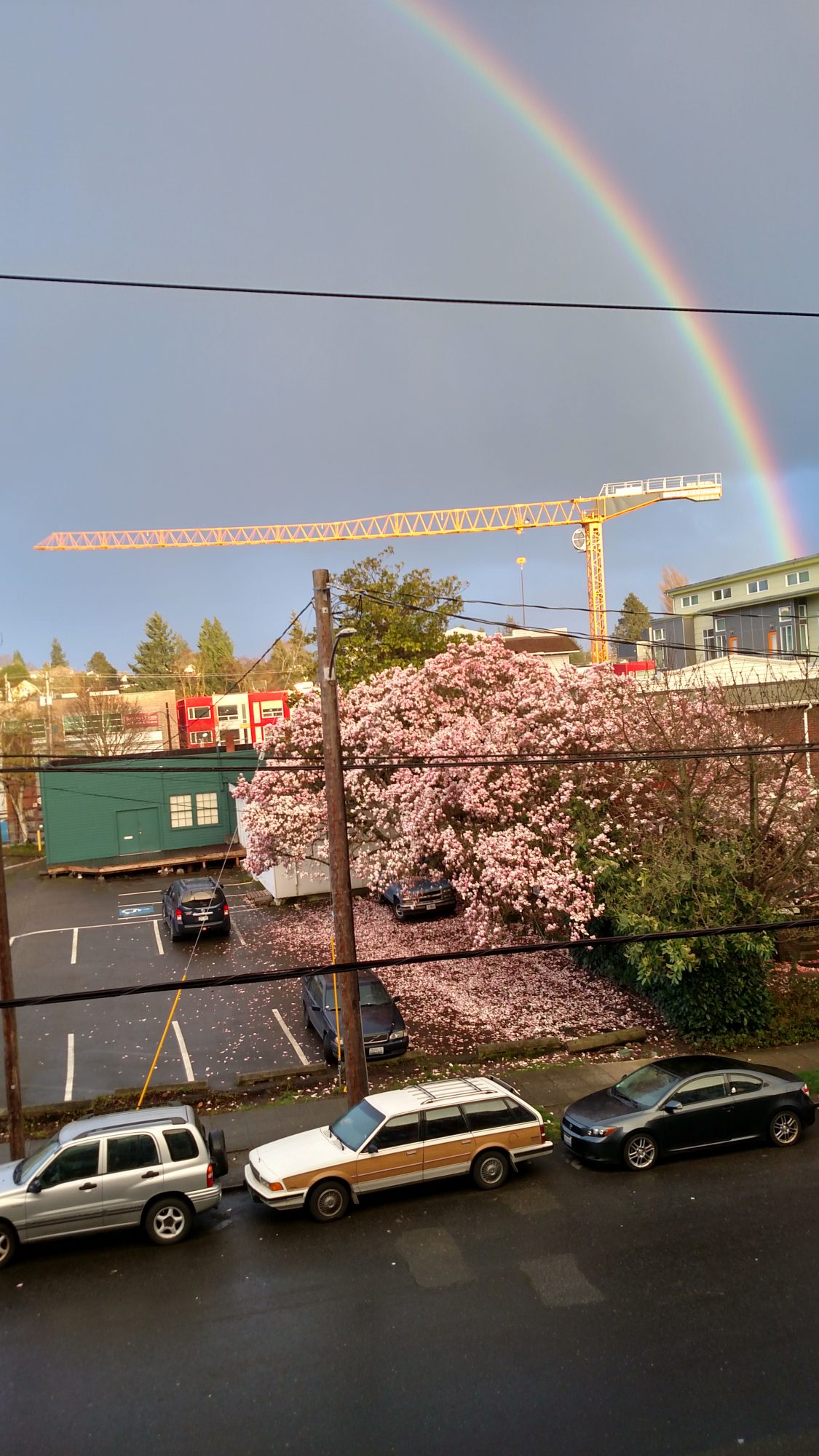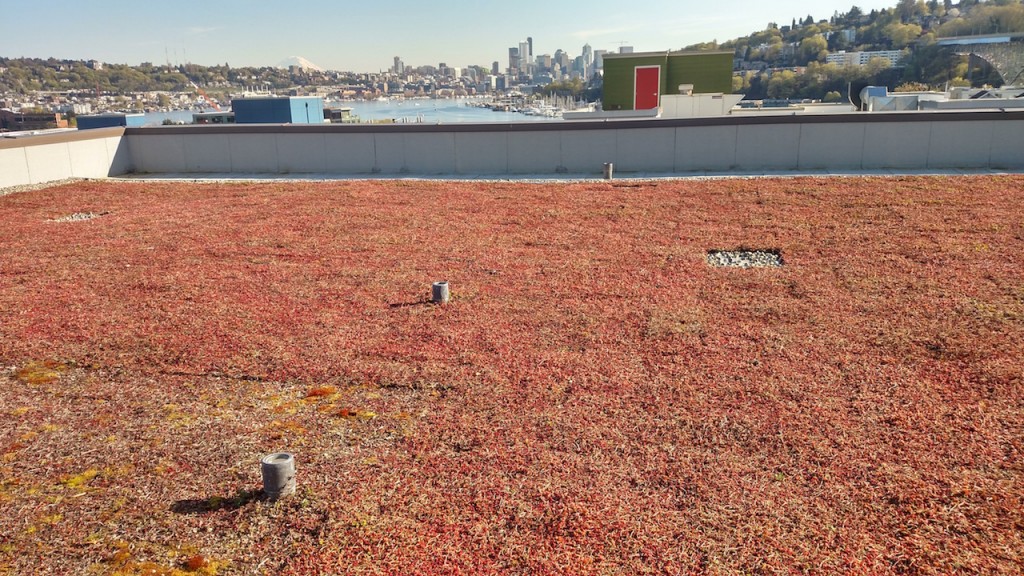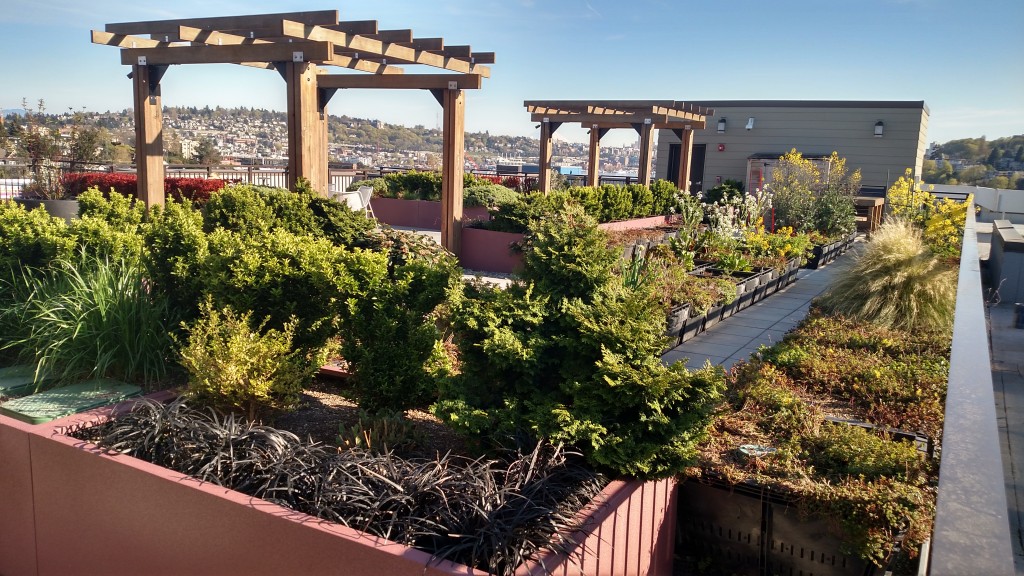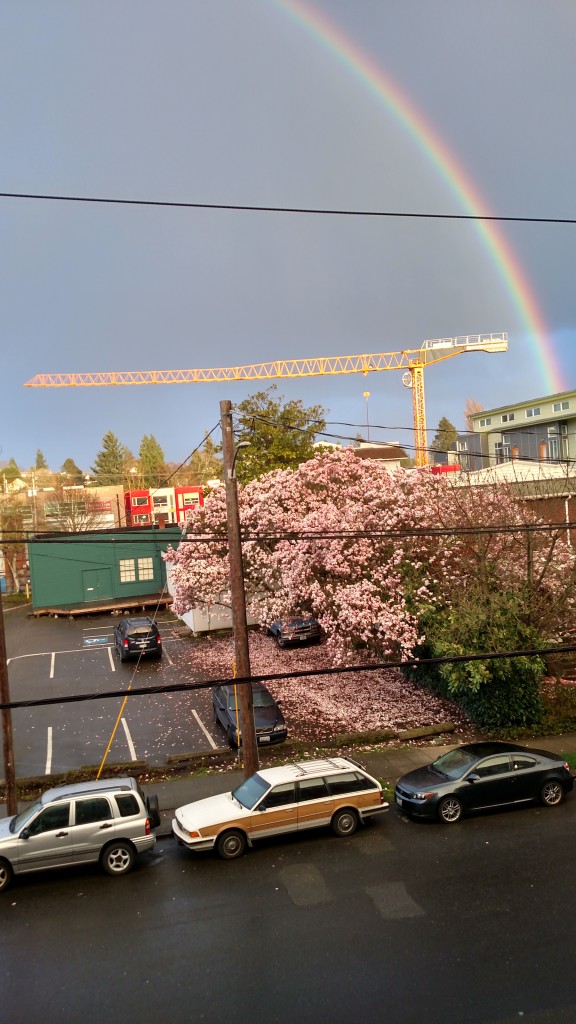
At a Housing Affordability and Livability Agenda (HALA) Community Conversation in Wallingford last Wednesday, more than a hundred area residents showed up to participate. A few seemed there to rally behind HALA, but the majority opposed it. From my breakout session, I learned parking and urban tree canopy were two big concerns. Moreover, many seemed concerned that HALA wouldn’t really provide affordability. Their concerns appear self contradictory:
- Affordable housing and big parking garages do not play well together. For all tenants, even those who do not own cars, 15% of rent goes to covering parking, raising the cost of rent by an average of $246 in 2013, according to a Sightline Institute study of multi-family housing developments. This is because the monthly parking fees cover only a fraction of the cost of building underground parking.
- In a typical apartment building, 37% of underground parking goes unused according to the same 2013 Sightline study.
- Dense housing in the city prevents sprawl at the suburban fringe. While we can mourn every tree lost, we must also keep our eyes on the prize. The prize is a healthier city with fewer long distance commuters, more transit riders, and more trees in the outer reaches of the urban growth boundary where semi-pristine forests still exist.
- The city requires large multi-family projects to have green roofs (and/or other green improvements to reach a requisite green factor). Green roofs cut down on runoff cleaning up waterways and ultimately Puget Sound. Many developers go above and beyond and build rooftop gardens, trees, and landscaping features at ground level to attract eco-conscious or aesthetic-conscious tenants.

Green roofs help reduce the amount of runoff fouling streams. - Why doesn’t everybody own a idyllic detached home with a garden and trees? Many low- and moderate-income people cannot afford to own a single-family home anywhere in the metropolitan region. If moderate-income folks drive until they qualify, they often find they cannot afford their commuting costs, which negates the affordability of their far-flung home. Transportation costs are an overlooked but crucial part of working people making ends meet. In Seattle, people can save on transportation costs thanks to the strongest transit network in the region and the densest web of jobs and amenities.

Some might not realize it from the street, but many new buildings have gardens on their green roofs. -

Don’t get me wrong, urban trees certainly have their perks. We need to integrate them into a more densely urban fabric. The greenest thing a city can do is encourage denser land use and higher transit use to lower carbon footprints and take the strain to grow off the suburbs where carbon footprints are much higher.
- So who is greener? The apartment dweller who owns neither tree nor car or the homeowner who claims three trees and one car? By carbon footprint, it’s not even close. The apartment dweller saves way more carbon by not owning a car than the homeowner does by owning a few trees. American Forests estimates the average car needs 110 to 120 trees to offset the carbon it will belch out in its lifetime. That’s because the average car emits almost 8,320 pounds of carbon per year while the average tree absorbs 910 pounds of CO2 in its lifetime.
- And Prius owners, you’re not getting off easy either because your more fuel efficient Prius still represents about 9,000 pounds of embodied carbon due to emissions from its production and distribution. So you will need a small grove of trees just to offset the embodied carbon of your vehicle. Hence, the carless human is still doing more to combat global warming than a couple trees in your urban neighborhood. Note the same goes for electric cars; they signify several tons of embodied carbon, too.
So next time somebody tries to block HALA upzones because not enough trees, not enough parking, or not affordability, remind them of these facts.
Doug Trumm is publisher of The Urbanist. An Urbanist writer since 2015, he dreams of pedestrianizing streets, blanketing the city in bus lanes, and unleashing a mass timber building spree to end the affordable housing shortage and avert our coming climate catastrophe. He graduated from the Evans School of Public Policy and Governance at the University of Washington in 2019. He lives in East Fremont and loves to explore the city on his bike.




